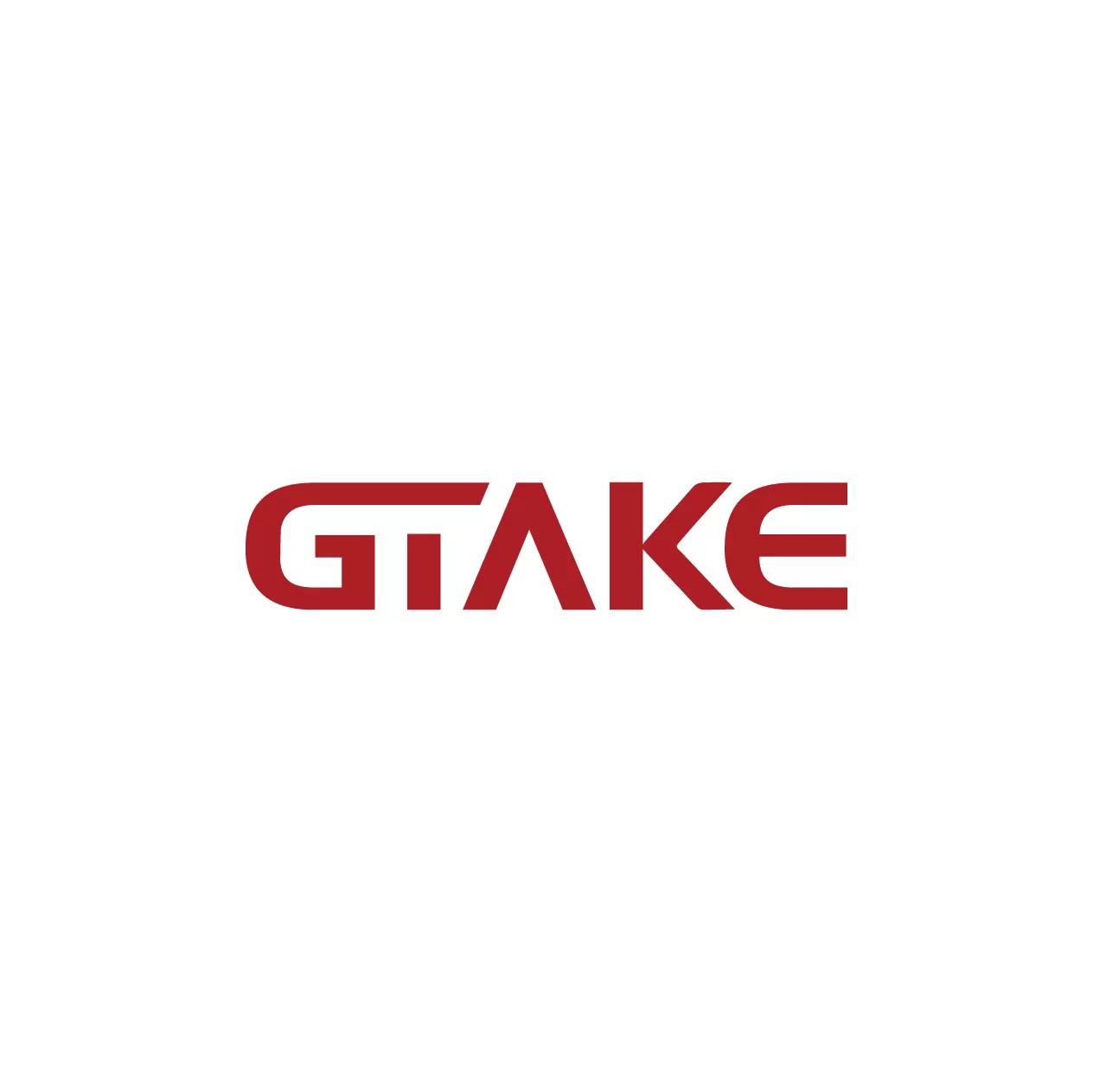Low Harmonic VFD (Variable Frequency Drive): An Overview
A Low Harmonic VFD (Variable Frequency Drive) is a specialized type of VFD designed to minimize the generation of harmonics in electrical systems. Harmonics are unwanted frequencies that distort the smooth sinusoidal waveform of the electrical current, which can negatively impact the performance of both the electrical system and connected equipment. Low Harmonic VFDs are engineered to reduce or eliminate these harmonics, providing cleaner power, improving energy efficiency, and ensuring compliance with industry standards.
In this article, we will explore what a Low Harmonic VFD is, its advantages, how it works, and the applications where it is most beneficial.
What is a Low Harmonic VFD?
A Low Harmonic VFD is a type of VFD that uses specialized technologies to reduce the harmonic distortion typically produced during the conversion of AC to DC power and vice versa. These VFDs are used in applications where motor speed control is essential, but where harmonic distortion could cause issues such as overheating, equipment failure, or interference with sensitive electronics.
The standard operation of a VFD involves converting the AC power from the grid into DC power using a rectifier. Then, the DC is converted back into AC power to control the speed of the motor. In a typical VFD, this conversion process can generate harmonics. A Low Harmonic VFD incorporates advanced features such as active front end (AFE) or multi-pulse rectifiers to reduce or eliminate these unwanted harmonic frequencies.
Harmonics: The Issue at Hand
Harmonics are voltage or current waveforms that occur at multiples of the fundamental frequency of the electrical supply (50 Hz or 60 Hz). They are typically produced by non-linear loads, such as VFDs, computer equipment, and other electronic devices. When these harmonics enter the electrical system, they can cause a range of issues:
- Overheating of motors and transformers: Harmonics cause excess heating in equipment, reducing their lifespan.
- Interference with sensitive equipment: Harmonics can disrupt the operation of sensitive electronics and communication systems.
- Decreased efficiency: Increased losses in electrical systems due to harmonic distortion reduce overall efficiency.
- Potential failure of power factor correction equipment: Harmonics can cause malfunctioning or reduced effectiveness of power factor correction devices.
A Low Harmonic VFD helps address these problems by minimizing the harmonic distortion generated during motor speed control.
How Low Harmonic VFDs Work
Low Harmonic VFDs use various advanced techniques to reduce the generation of harmonics:
- Active Front End (AFE) Technology:
- One of the most common features of Low Harmonic VFDs is the Active Front End (AFE) technology. AFE technology replaces the standard diode rectifier with a more sophisticated controlled rectifier circuit, allowing for better control of the input current and reducing the harmonic content.
- AFE VFDs can also provide unity power factor (or close to unity), meaning the current drawn from the grid is in phase with the voltage, which improves energy efficiency and reduces losses in the system.
- Multi-Pulse Rectification:
- Multi-pulse rectifiers use multiple rectifiers operating in parallel, with each rectifier synchronized to ensure that the harmonic content is minimized. Common configurations include 6-pulse, 12-pulse, or even 18-pulse rectifiers. Each additional pulse reduces the level of harmonic distortion produced by the system.
- Filters:
- In some cases, Low Harmonic VFDs include passive or active filters that further clean up the output by absorbing or canceling out the harmonic frequencies. Filters are often used in combination with AFE or multi-pulse rectifiers to achieve optimal performance.
- Improved Control Algorithms:
- Low Harmonic VFDs employ advanced control algorithms to fine-tune the conversion process, ensuring smoother power conversion and further reducing harmonic distortion.
Benefits of Low Harmonic VFDs
- Reduced Harmonic Distortion:
- The primary advantage of a Low Harmonic VFD is the significant reduction in harmonic distortion. This leads to cleaner power in the electrical system, preventing problems caused by harmonics such as overheating and equipment failure.
- Improved Energy Efficiency:
- By reducing harmonics, Low Harmonic VFDs also improve the overall efficiency of the system. This reduction in harmonic losses means that less energy is wasted as heat, improving the overall energy utilization of the system.
- Extended Equipment Life:
- The reduction of harmonic distortion helps prevent overheating and excessive wear on electrical components such as motors, transformers, and other sensitive equipment. As a result, the life span of the equipment is extended, reducing downtime and maintenance costs.
- Compliance with Standards:
- Low Harmonic VFDs help companies comply with various industry standards and regulations concerning harmonic emissions, such as IEEE 519. Compliance with these standards can prevent fines and ensure that the electrical system operates within acceptable limits.
- Better Power Factor:
- Many Low Harmonic VFDs provide a near-unity power factor, meaning they use the electrical power more efficiently. This reduces the demand for reactive power, which can improve the overall power quality of the system and prevent the need for costly power factor correction equipment.
- Reduced Interference:
- Low Harmonic VFDs reduce electrical noise, which can interfere with sensitive electronic equipment, communication systems, and control devices. This makes them ideal for applications in industries where precision and reliability are essential.
Applications of Low Harmonic VFDs
Low Harmonic VFDs are particularly useful in applications where harmonic distortion can cause significant operational issues. Some common applications include:
- Industrial HVAC Systems:
- HVAC systems, particularly those in large buildings or industrial facilities, use motors to control fans, pumps, and compressors. Low Harmonic VFDs ensure these systems operate efficiently while minimizing harmonic distortion.
- Pumps and Compressors:
- In industries such as oil and gas, water treatment, and chemical processing, low harmonic VFDs are used to control pumps and compressors. These systems often run for long hours, and minimizing harmonics helps reduce wear on the equipment and increase operational reliability.
- Mining and Metal Processing:
- In mining operations and metal processing, large motors are used to drive crushers, conveyors, and mills. Low Harmonic VFDs help reduce the impact of harmonics on the system, ensuring smoother operation and preventing equipment damage.
- Data Centers:
- Data centers, which house sensitive electronics, require clean power to avoid interference with their operations. Low Harmonic VFDs help ensure that the electrical power supplied to servers and cooling systems is free of harmonics.
- Manufacturing and Process Automation:
- In manufacturing plants, Low Harmonic VFDs can control conveyors, robotics, and other automated machinery. These systems require precise speed control and consistent power quality, making Low Harmonic VFDs an excellent choice for such applications.
Conclusion
Low Harmonic VFDs play a crucial role in modern industrial applications by minimizing harmonic distortion, improving power quality, and increasing energy efficiency. Their ability to reduce overheating, extend equipment life, and ensure compliance with industry standards makes them an essential component in many industries, including HVAC, water treatment, mining, and manufacturing. By incorporating advanced technologies such as Active Front End (AFE), multi-pulse rectification, and advanced filtering, Low Harmonic VFDs offer a reliable and cost-effective solution for controlling motor speed while ensuring the integrity and longevity of the electrical system.

